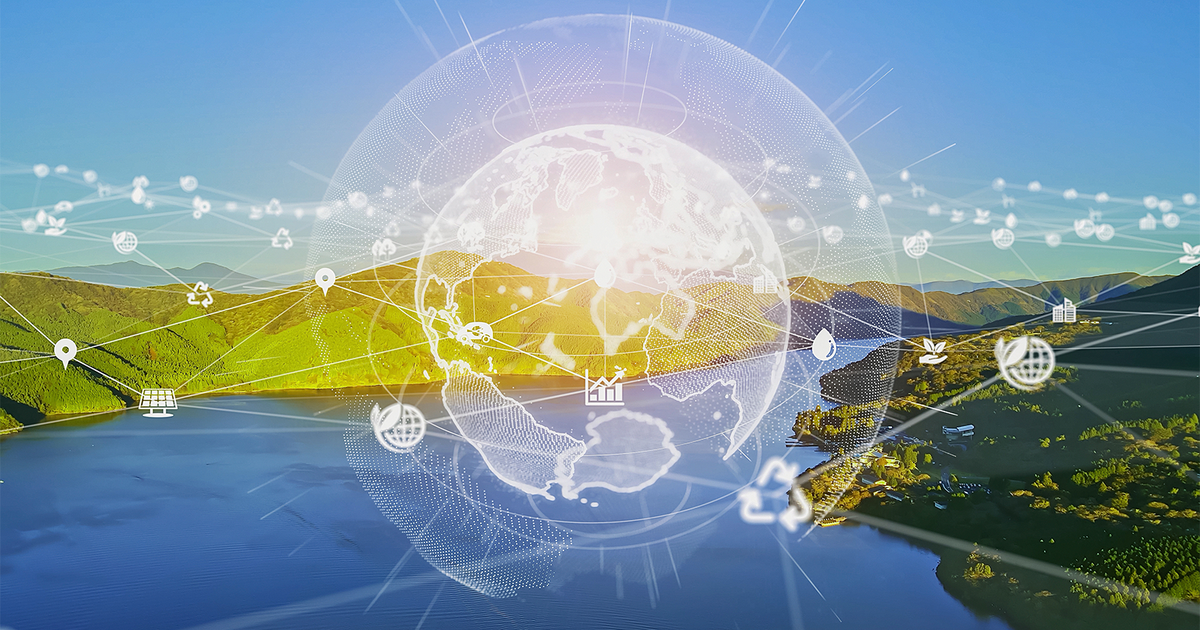Climate change is one of the most pressing challenges of our time, with rising global temperatures, extreme weather events, and environmental degradation threatening ecosystems and human livelihoods. As the world races to find sustainable solutions, artificial intelligence (AI) has emerged as a powerful tool to forecast and address the complexities of climate change. By leveraging AI’s predictive capabilities, data analysis, and innovative problem-solving, we can unlock new pathways to mitigate the crisis and build a more resilient future.
The Role of AI in Climate Forecasting
AI’s ability to process vast amounts of data and identify patterns makes it an invaluable asset in climate science. Traditional climate models rely on historical data and physical simulations, which, while effective, can be limited in scope and accuracy. AI, particularly machine learning (ML) and deep learning, can enhance these models by analyzing complex datasets from satellites, sensors, and climate observations. This enables more accurate predictions of future climate scenarios, such as temperature changes, sea-level rise, and extreme weather events.
For example, AI-powered climate models can simulate the impact of greenhouse gas emissions under different scenarios, helping policymakers and scientists understand the long-term consequences of current actions. By forecasting these outcomes, AI can guide decision-making and prioritize interventions that have the greatest potential to reduce carbon footprints.
Optimizing Renewable Energy Systems
One of the most promising applications of AI in combating climate change is its role in optimizing renewable energy systems. Transitioning to clean energy sources like solar, wind, and hydropower is essential for reducing global carbon emissions. However, the intermittent nature of renewable energy poses challenges for grid stability and energy storage.
AI can address these challenges by predicting energy demand, optimizing energy distribution, and improving the efficiency of renewable energy systems. For instance, AI algorithms can analyze weather patterns to forecast solar and wind energy production, enabling grid operators to balance supply and demand more effectively. Additionally, AI can enhance battery storage systems by predicting energy usage patterns and extending battery life, ensuring a reliable and sustainable energy supply.
Enhancing Climate Adaptation Strategies
As climate change continues to impact communities worldwide, adaptation strategies are crucial to minimize risks and build resilience. AI can play a pivotal role in developing these strategies by analyzing data on vulnerable populations, infrastructure, and ecosystems. For example, AI can predict the likelihood of flooding in coastal areas or identify regions at risk of drought, enabling governments and organizations to implement targeted adaptation measures.
Moreover, AI can support disaster response efforts by providing real-time data and predictive analytics during extreme weather events. By forecasting the trajectory of hurricanes, wildfires, or floods, AI can help emergency responders allocate resources more efficiently and save lives.
Driving Sustainable Agriculture and Land Use
Agriculture is both a contributor to and a victim of climate change. Deforestation, soil degradation, and methane emissions from livestock are significant drivers of global warming, while changing weather patterns threaten food security. AI can help address these challenges by promoting sustainable agricultural practices and optimizing land use.
For instance, AI-powered precision farming tools can analyze soil health, weather conditions, and crop performance to recommend optimal planting and harvesting times. This not only increases crop yields but also reduces water and fertilizer usage, minimizing environmental impact. Additionally, AI can monitor deforestation and land-use changes using satellite imagery, enabling governments and organizations to enforce conservation policies and protect vital ecosystems.
Accelerating Climate Innovation
AI is also driving innovation in climate technology by accelerating the discovery of new materials and processes. For example, AI can be used to design more efficient carbon capture and storage systems or develop sustainable alternatives to fossil fuels. By simulating chemical reactions and analyzing vast datasets, AI can identify promising solutions faster than traditional research methods, speeding up the transition to a low-carbon economy.
Ethical Considerations and Challenges
While AI holds immense potential for addressing climate change, it is not without challenges. The development and deployment of AI systems require significant computational resources, which can contribute to carbon emissions if not managed sustainably. Additionally, there are ethical concerns around data privacy, bias, and the equitable distribution of AI-driven solutions. To maximize the benefits of AI, it is essential to adopt responsible practices, such as using renewable energy to power data centers and ensuring transparency in AI algorithms.
Conclusion
AI is revolutionizing the way we understand and respond to climate change. From improving climate forecasts and optimizing renewable energy systems to enhancing adaptation strategies and driving innovation, AI offers a wide range of tools to tackle this global crisis. However, realizing its full potential requires collaboration between governments, businesses, and researchers, as well as a commitment to ethical and sustainable practices. By harnessing the power of AI, we can forecast not only the challenges of climate change but also the solutions that will shape a greener, more resilient future for generations to come.
